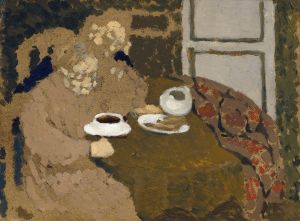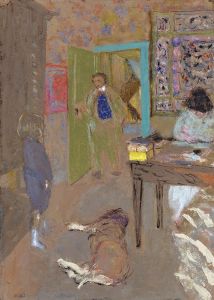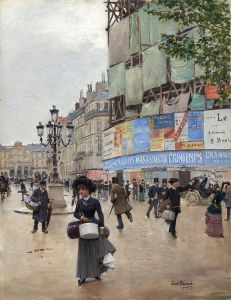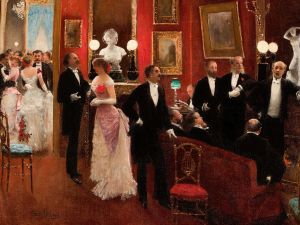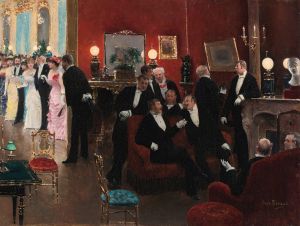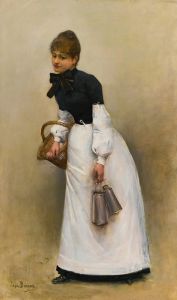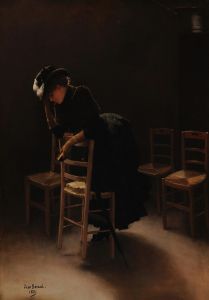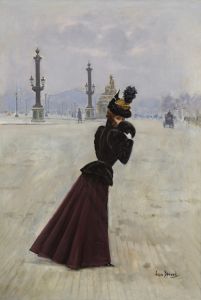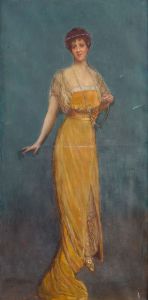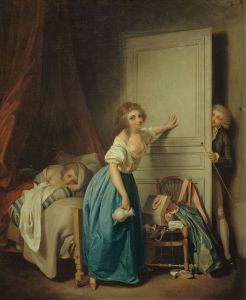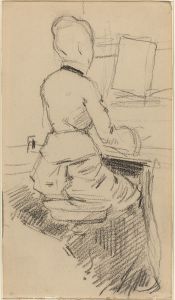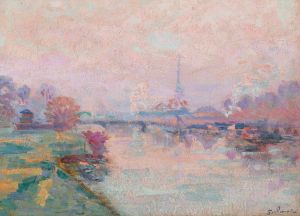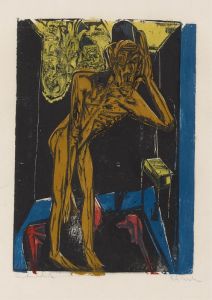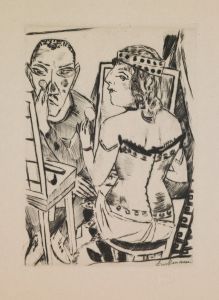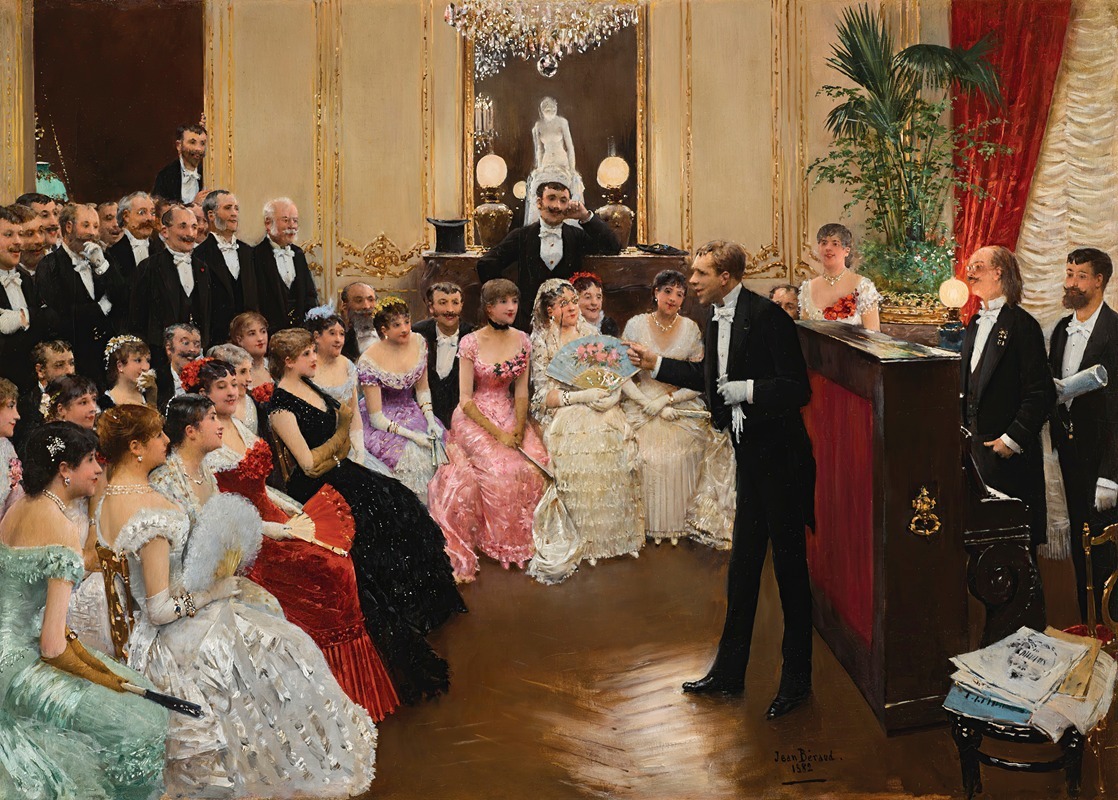
Le Monologue
A hand-painted replica of Jean Béraud’s masterpiece Le Monologue, meticulously crafted by professional artists to capture the true essence of the original. Each piece is created with museum-quality canvas and rare mineral pigments, carefully painted by experienced artists with delicate brushstrokes and rich, layered colors to perfectly recreate the texture of the original artwork. Unlike machine-printed reproductions, this hand-painted version brings the painting to life, infused with the artist’s emotions and skill in every stroke. Whether for personal collection or home decoration, it instantly elevates the artistic atmosphere of any space.
Jean Béraud (1849–1935) was a French painter renowned for his depictions of Parisian life during the Belle Époque. His works often captured the bustling streets, elegant social gatherings, and intimate moments of Parisians, blending realism with a touch of Impressionism. Among his notable works is the painting Le Monologue, which exemplifies his keen observation of human behavior and his ability to convey the atmosphere of late 19th-century Paris.
Le Monologue portrays a scene in a café or theater setting, a common theme in Béraud's oeuvre. The painting focuses on a solitary woman seated at a table, her posture and expression suggesting deep thought or introspection. She is dressed in the fashionable attire of the time, with meticulous attention to detail in her clothing and accessories, reflecting Béraud's skill in capturing the nuances of contemporary Parisian fashion. The title, "Le Monologue," hints at the idea of an internal dialogue or solitary reflection, a theme that resonates with the growing interest in individual psychology during the period.
The background of the painting features other figures, likely patrons of the establishment, engaged in conversation or their own activities. This juxtaposition of the solitary figure with the lively surroundings creates a sense of contrast, emphasizing the woman's isolation amidst the social environment. Béraud's use of light and shadow enhances the mood of the scene, drawing attention to the central figure while maintaining the vibrancy of the setting.
As with many of Béraud's works, Le Monologue offers a glimpse into the social dynamics and cultural milieu of Paris during the Belle Époque. His paintings often served as visual chronicles of the era, capturing both the elegance and the complexities of urban life. While specific details about the inspiration or commission of Le Monologue are not widely documented, the painting remains a testament to Béraud's mastery in portraying the subtleties of human emotion and the spirit of his time.
Today, Jean Béraud's works, including Le Monologue, are celebrated for their historical and artistic value. They provide valuable insights into the daily life and social fabric of late 19th-century Paris, making them significant contributions to the canon of French art.





